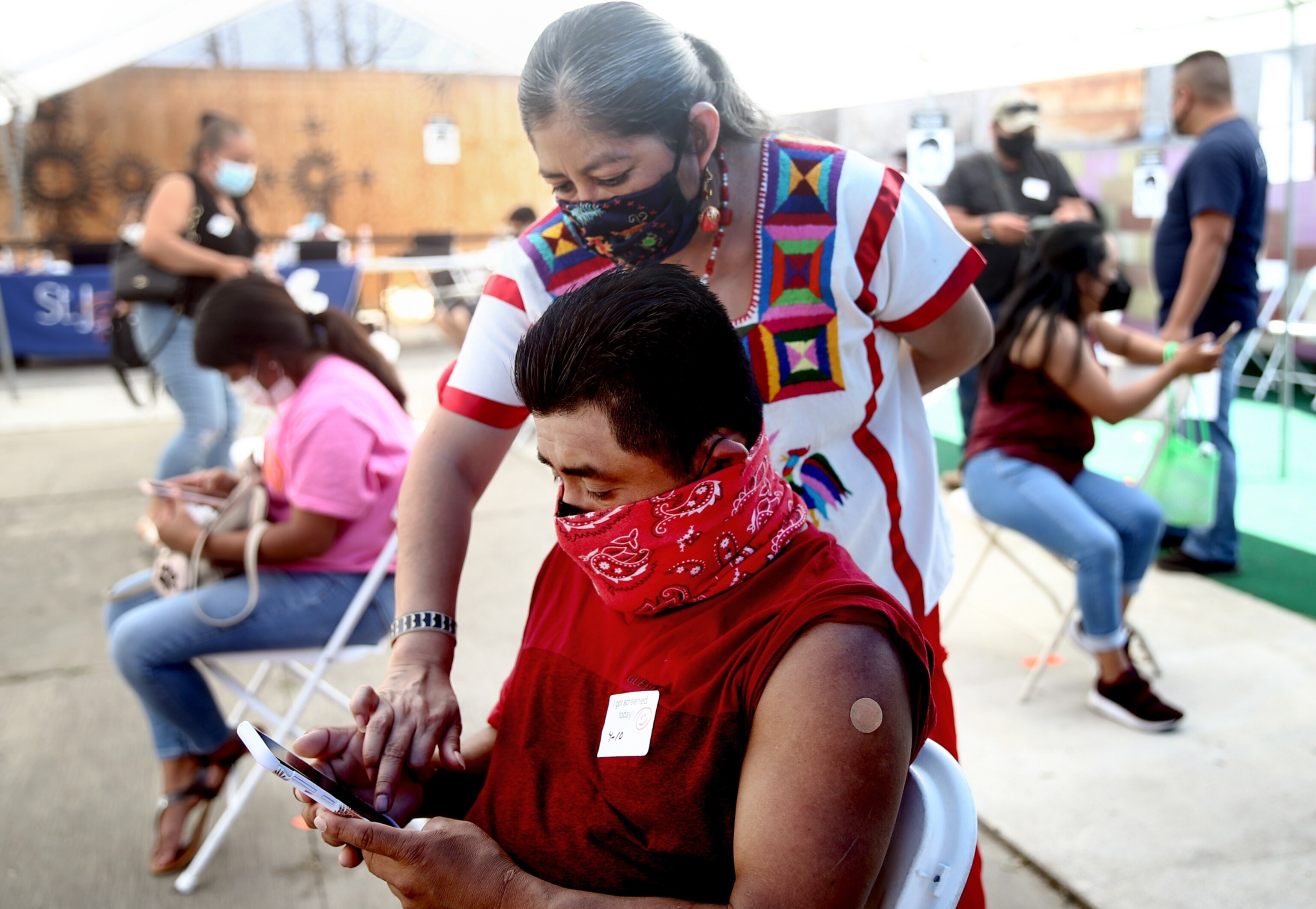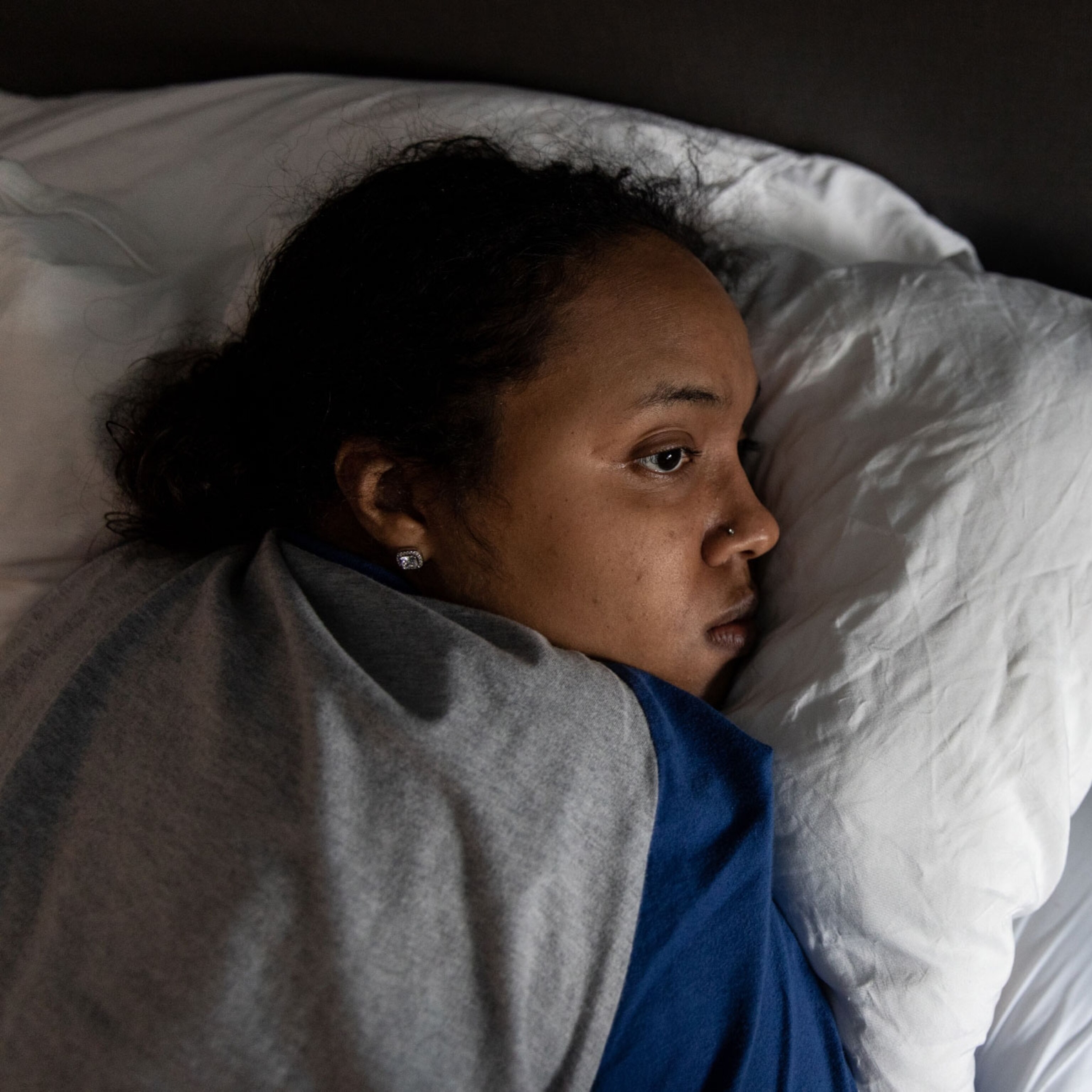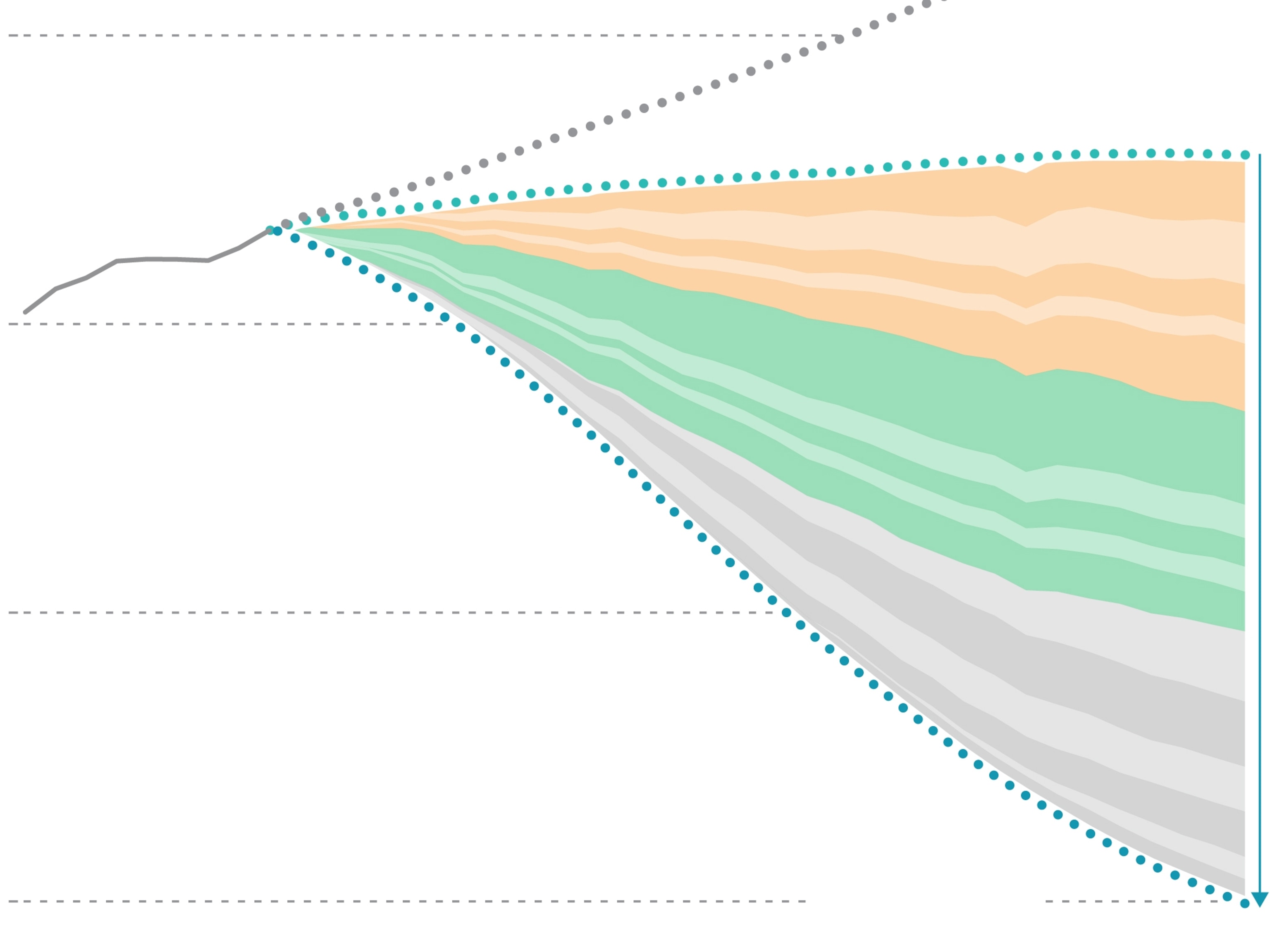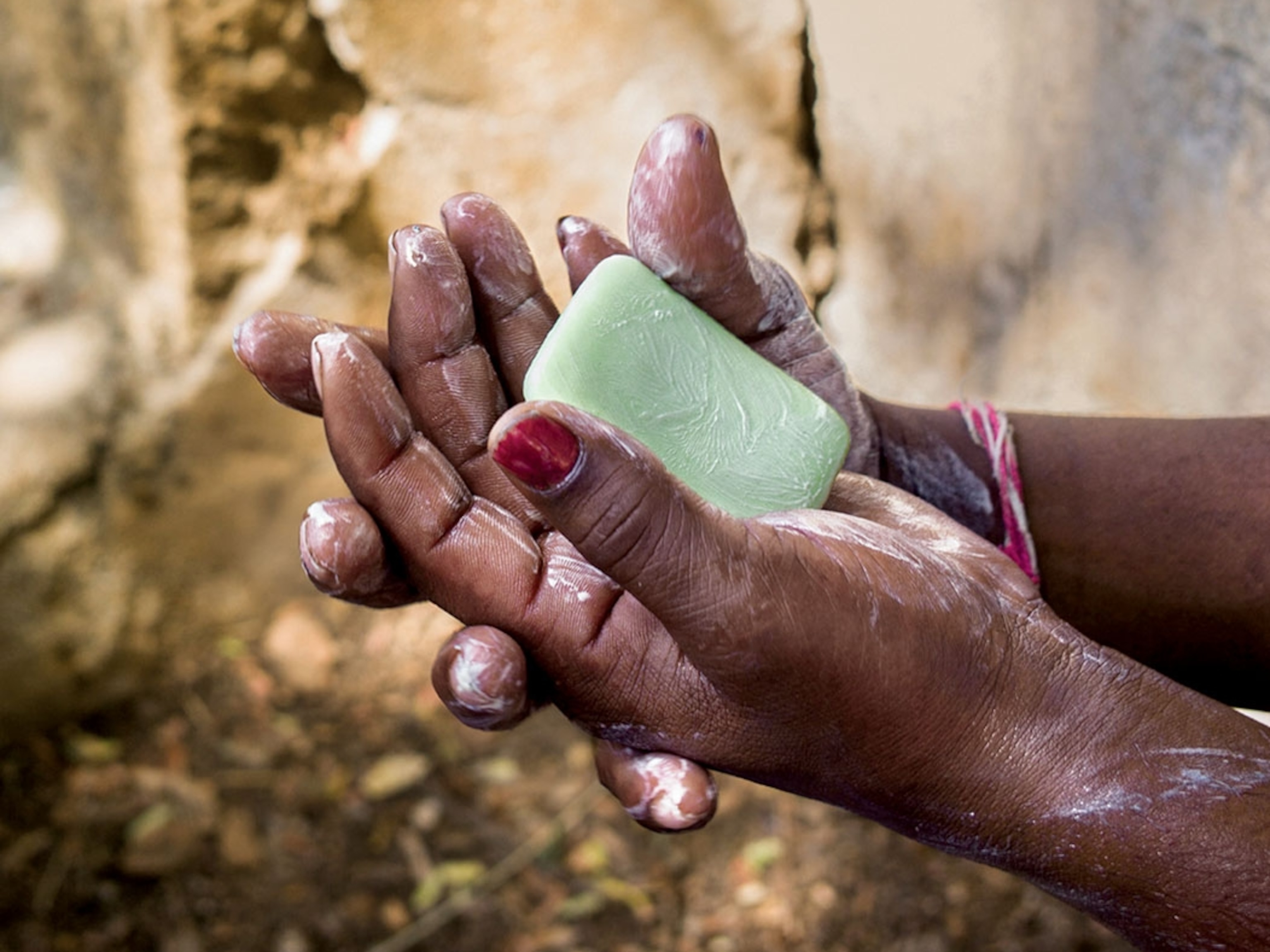
For speakers of rare languages, COVID care was a struggle to navigate
As the pandemic raged, Indigenous immigrants from Latin America grappled with unique linguistic challenges and limited interpretation support in U.S. hospitals.
In November 2020, when Eulogia Romero was hospitalized with a severe COVID-19 infection, she feared the virus would kill her. During her 15-day stay in a Los Angeles hospital, she remembers, she felt disoriented and confused. Her family couldn’t visit her, and the 69-year-old rarely spoke to them over the phone because she was too weak, and on some days, barely conscious. She couldn’t communicate with the medical staff because she spoke a language that they didn’t, and no interpreter was available.
Romero grew up in a village called San Bartolomé Zoogocho in Oaxaca, one of the poorest states in southern Mexico and one that’s home to many Indigenous groups. She primarily speaks Zapotec, a language that’s considered endangered and has more than 50 dialects, none of which resemble Spanish. The one she speaks, called Zoogocho Zapotec, is particularly rare, and spoken by only a few thousand people living in Mexico and a small group who’ve immigrated to the United States.
Although Romero sensed she was well cared for in the hospital while receiving COVID-19 treatment, she wished an interpreter could have helped her speak with the doctors and nurses. Many Indigenous language-speaking immigrants like Romero have long faced this challenge when seeking health care in America, but the COVID-19 pandemic drew renewed attention to their plight.
“These are the same issues we were facing before the pandemic, and they were intensified during COVID because more Indigenous people were in the hospital,” says Odilia Romero, Eulogia Romero's daughter and co-founder and executive director of Comunidades Indígenas en Liderazgo, a nonprofit that works with Indigenous communities in Los Angeles. “But it continues, because there is a lack of acknowledgment of our existence and our language.”
Without access to accurate information in their own language in the early months of the pandemic, word-of-mouth misinformation reached Indigenous language speakers first, says Eulogio Espinoza at the Centro Binacional para el Desarrollo Indígena Oaxaqueño, a California-based nonprofit serving Indigenous communities from Oaxaca. “That induced further distrust which already existed prior to COVID.”
Recognizing the problem, advocacy groups like Comunidades Indígenas en Liderazgo and New York-based Endangered Language Alliance stepped in and began collecting data on where Indigenous groups lived within the city and the languages they spoke. After using the data to create a set of maps the advocacy groups were able to secure funding from county and city health departments that allowed them to develop information about COVID tests, treatments, and vaccines in each Indigenous language and distribute it in the appropriate neighborhoods.
It was a historic moment, says Endangered Language Alliance co-founder, Daniel Kaufman. Indigenous people from Latin America and their overlooked linguistic challenges were recognized.
How hospitals find translators
Although hospitals receiving certain federal funds—like Medicaid or CHIP—are required to provide an interpreter for patients, regardless of language, that often doesn’t happen for people like Romero, who are frequently unaware they are entitled to an interpreter who speaks their language. Based on their appearance, health care providers sometimes assume that Indigenous immigrants—like others from Mexico, Central, and much of South America—speak Spanish and may initially assign them a Spanish interpreter. But often these immigrants speak little or no Spanish and ask for a Spanish interpreter because they know from experience that it’s the only option available.
“Despite the law, many hospitals are underprepared to offer timely language services, even in common languages like Spanish,” says Alicia Fernandez, a general internist at Zuckerberg San Francisco General Hospital. What complicates matters further for Indigenous language speakers is that the process can often require two interpreters—one translating from the Indigenous language to Spanish, and another translating from Spanish to English.
For those who are able to clarify their linguistic needs, the hospital typically uses a phone line to reach medical interpretation providers with access to more than 200 languages and dialects, unless a staff or a contracted interpreter speaks the language. Remote video interpretation is also an option, but a more expensive one. Despite these systems, finding an interpreter for uncommon languages can require waiting hours—time that physicians or patients may not have—or an interpretation agency may just not be able to accommodate a rare language request, which presents a challenge when Indigenous immigrants seek medical advice or emergency care.
“We can accommodate very rare languages if given the time to do so,” says Shari Chevez, assistant medical director of equity, inclusion, and diversity for Kaiser Permanente in Southern California.
For Eulogia Romero, who immigrated to Los Angeles in 1979 with her husband and daughter, language was often a hurdle when navigating life, especially when seeking health care. Her social interactions were limited to a close-knit Zapotec community she had come to know over the years, but whenever Romero visited a doctor, she brought one of her daughters or grandchildren along to help translate. It’s very difficult, she says because she doesn’t speak or understand English and is barely proficient in Spanish.
Making maps
Approximately 1.6 million Indigenous people from Latin America reside in the U.S., according to the U.S. Census Bureau. But that number may be an underestimate, Odilia Romero says, because it may undercount undocumented immigrants or miss Indigenous people who aren’t able to read or write and therefore fill out census forms.
To identify Indigenous language speakers in Los Angeles, Romero’s team from Comunidades Indígenas en Liderazgo surveyed about 2,500 households where nearly 11,000 individuals spoke 17 Indigenous languages from Mexico and Central America. Then they used the data to create a map illustrating the language diversity and showing the location of these communities in the city. This map helped Romero’s organization secure a grant from L.A. County’s Department of Health Services to create COVID-19 education material in at least 10 Indigenous languages and dialects.
In New York, Endangered Language Alliance, a nonprofit that works with Indigenous and immigrant communities, created a map overlaying COVID-19 cases in early 2020 and linguistic diversity. The overlap between neighborhoods where many Indigenous languages are spoken and areas harboring a high number of COVID cases was quite striking, says Kaufman. “The community was hit very hard by COVID,” he says, “but many of the community members live in the shadows.”
Kaufman’s organization received a grant from New York City’s Department of Health and Mental Hygiene in 2021 to create awareness about vaccines in Indigenous languages for populations living in New York City’s East Harlem neighborhood.
In California’s Alameda County, Erik Andersen, an emergency medicine specialist at the Highland Hospital in Oakland, and his colleagues noticed a high number of COVID-19 cases in May 2020 in the local Maya community. Approximately 10,000 Mayans, many of whom speak an Indigenous language called Mam, live in Oakland, but they are often misclassified as Spanish speakers when seeking COVID-19 care in hospitals.
“These pockets of linguistic isolation were not easily visible to clinicians or public health people,” Fernandez says. “We began to see that the Mam population needed its own outreach in Mam.”
That realization led local public health officials and community based organizations to collaborate and develop linguistically appropriate COVID-19 information for the Maya community and hire additional Mam-speaking contact tracers and interpreters.
Interpretation challenges
In 2020 hospitals were struggling to find Indigenous language interpreters, especially when medical facilities were overwhelmed with COVID-19 patients and more Indigenous immigrants were seeking hospital care. In the East Bay, for instance, there aren’t many certified medical interpreters for the several Mam dialects spoken there, Andersen says.
That year, Próspero Martínez, a New York-based interpreter for Mixe, an Indigenous language in Mexico, found himself struggling to help a COVID-19 patient in an Oklahoma hospital. The Mixe dialect the patient and his family spoke was somewhat different from the one he speaks. But Martínez was able to grasp a fair bit of the conversation over the phone and translated to the extent he could because he knew the hospital was already having a hard time finding the right interpreter.
Salustia Avila, an interpreter for Mixtec—another Indigenous language spoken in Mexico—is based in Santa Maria, California, and noticed similar challenges. She teamed up with nine other Mixtec interpreters who spoke different variations of the language to create a Mixtec glossary of common COVID-19 terms to use when translating for a patient. They also created an audio database to make sure each interpreter was pronouncing the words correctly.
But the COVID-19 pandemic has brought attention to the need for more trained medical interpreters who speak Indigenous languages and dialects. It has also created an opportunity for health care providers and public health officials to recognize and prepare for the unique linguistic challenges Indigenous immigrants face when seeking care, Odilia Romero says. In the last year, she and others say, they have seen greater interest and investment from federal and some local health agencies to provide cultural awareness training, including linguistic diversity, for public health agencies. To her, it’s one step in the right direction.
“They really need to be aware of the communities they serve and know which languages people speak to get interpreters accordingly,” Griselda Reyes Basurto, COVID-19 Rapid Response Manager at the nonprofit Mixteco Indigena Community Organizing Project that’s based in Oxnard, California. “By doing this they will really save lives.”








